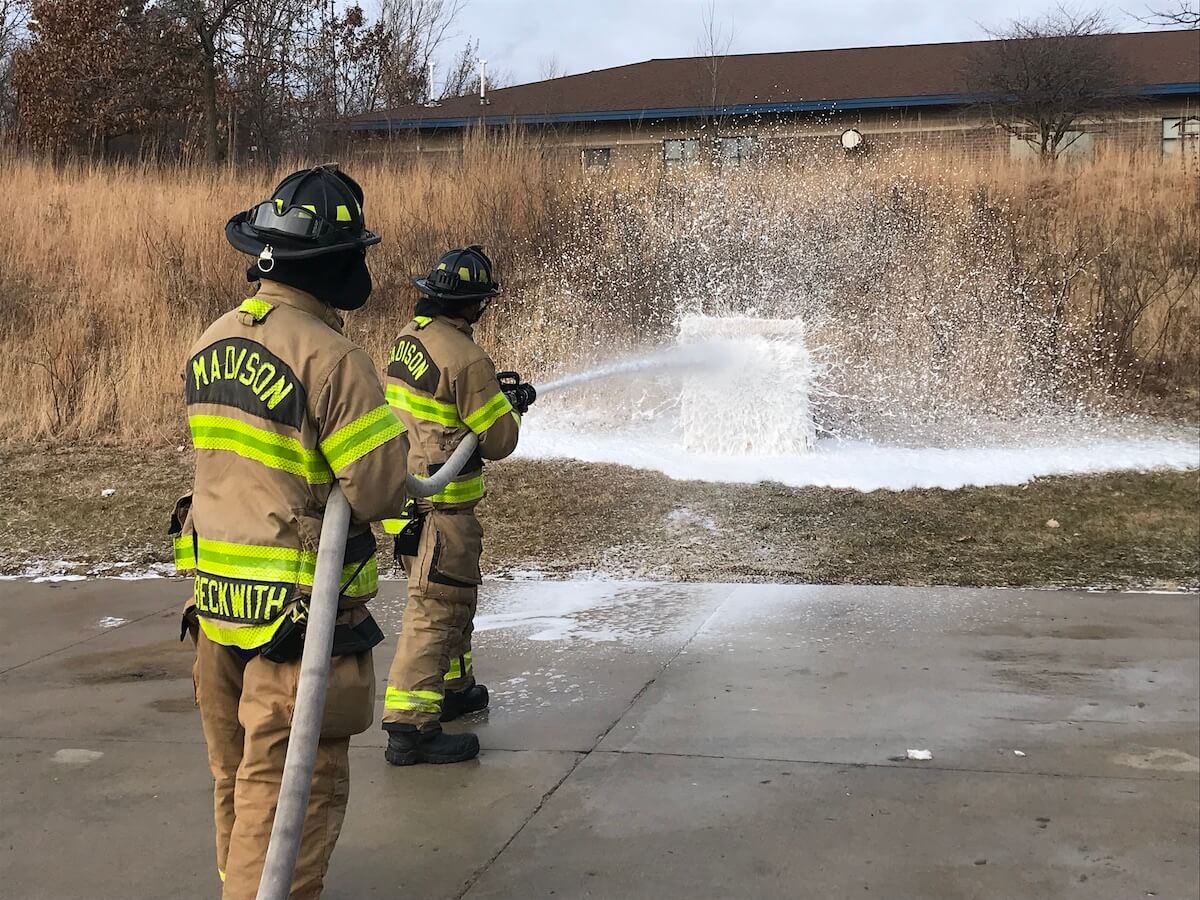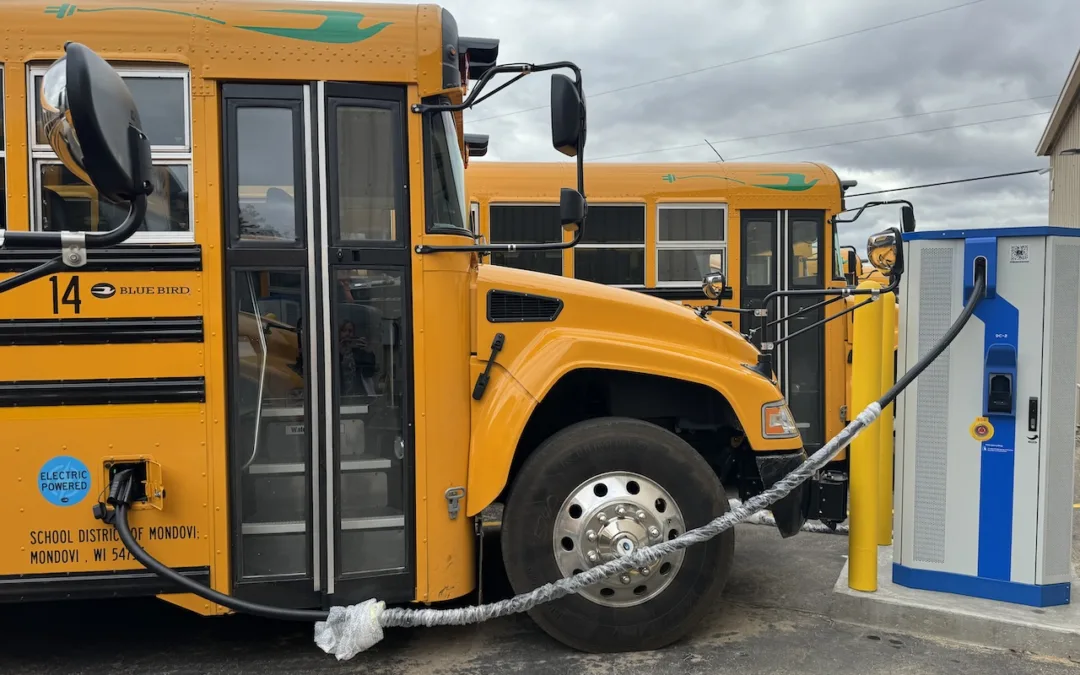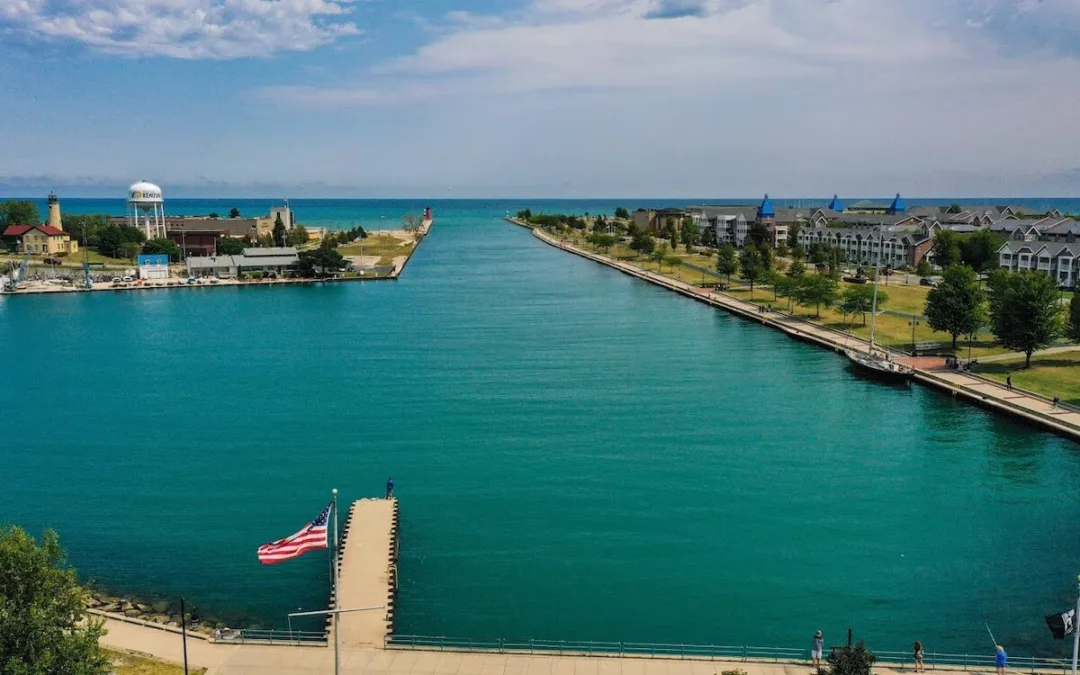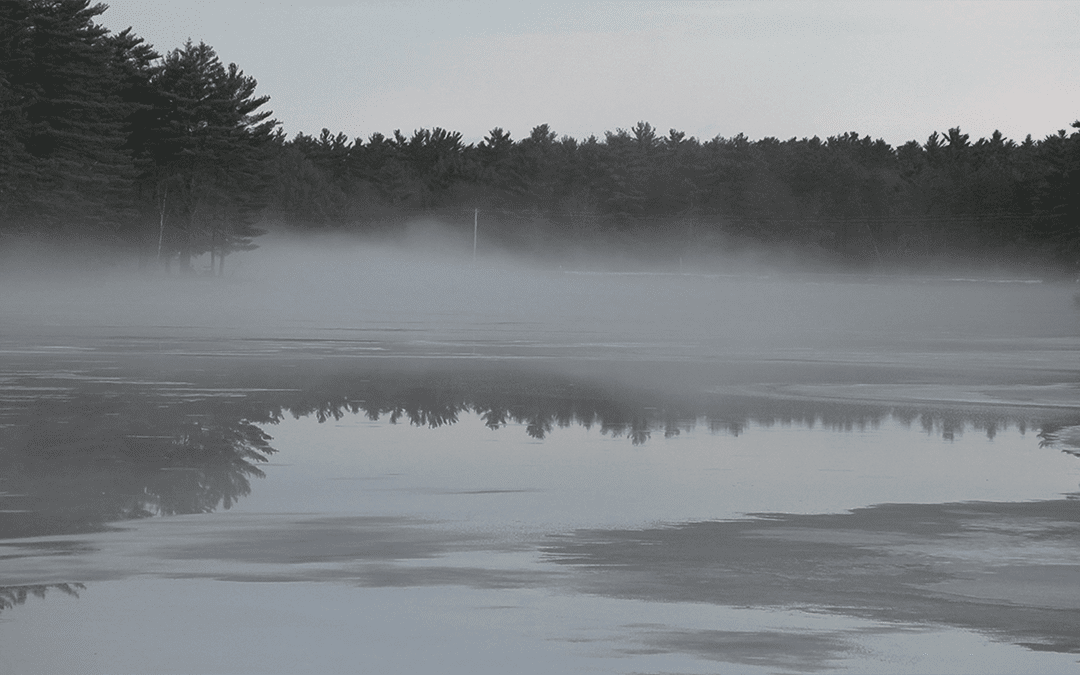
#image_title
#image_title
“We really need some legislators to step up and champion this issue,” says one environmental advocate.
As the number of known Wisconsin locations contaminated by dangerous compounds known as “forever chemicals” continues to grow, environmental organizations say the state Department of Natural Resources needs additional resources to further survey sites to better assess the extent of PFAS-related pollution.
Ongoing surveys of potential PFAS pollution have determined the substance used in firefighting foam, non-stick cookware, and many other products is present in unsafe levels in about 50 locations statewide, up from 30 a year ago. PFAS, or perfluoroalkyl and polyfluoroalkyl substances, do not break down easily and are linked to causing cancer and other health problems.
Last month the DNR announced testing showed elevated levels of the chemicals were discovered last month in Madison-area lakes and in the Yahara River. Some additional waterways elsewhere in the state and other locations that have not yet been sampled are likely to show contamination as well, said Carly Michiels, director of government relations for the environmental organization Clean Wisconsin.
“There are obviously many more sites around the state where this is a concern,” she said. “We know the more places we look, the more places we are going to find PFAS.”
The state Department of Natural Resources has expanded PFAS testing as concerns about the compounds grow. Federal funding has paid for some of that effort, but the DNR estimates another $750,000 in state funding would be needed to enable the department to expand testing to cover all of the state’s municipal water systems.
Whether the Republican-led Legislature approves money for that work remains uncertain after that body and a state committee took actions in 2020 to reduce environment protections related to PFAS and curb the liability of businesses responsible for contamination.
Rob Lee, a staff attorney with Wisconsin Environmental Advocates, said the organization backs giving the DNR resources to more fully study PFAS contamination in the state. Doing so is necessary to obtain more accurate information about the extent of PFAS pollution, he said.
“Right now we don’t know the full extent of it,” Lee said. “Every indication is it is much more widespread than we know now.”
Before being able to adequately address PFAS contamination, the state must first determine the level of pollution, Michiels said, and commit to funding further sampling.
“We really need some legislators to step up and champion this issue,” she said.
Protections Reduced
Health dangers posed by PFAS have gained growing attention in the past couple of years. Gov. Tony Evers in 2019 directed the DNR to lead a council of state agencies to develop a plan to address PFAS. In December, the Wisconsin PFAS Action Plan was released. It outlined 25 action items to address PFAS in response to growing concerns about their impact on public health.
Last year a bipartisan effort to enact a series of PFAS regulations intended to curb pollution that was headed by former Rep. John Nygren (R-Marinette) appeared likely to be adopted. But the effort was significantly pared down in the state Assembly to regulate firefighting foam only.
That legislation’s impact was further reduced in December, when the Joint Committee for the Review of Administrative Rules (JCRAR) voted 6-4 along party lines to remove parts of an emergency rule regulating firefighting foam. The emergency rule would have allowed the DNR to set PFAS levels to treat firefighting foam before it could be discharged into sewers or waterways, but the JCRAR vote disallowed that.
The DNR Board in August voted to delay firefighting foam regulations after pro-business lobbying groups objected to them. The board subsequently approved the regulations two months later.
Wisconsin Manufacturers & Commerce (WMC) opposed the emergency rule, as did organizations including the Wisconsin Paper Council, Midwest Food Products Association, Wisconsin Civil Justice Council, and the Wisconsin Water Alliance, an industry-created group which opposes water regulations and is currently led by former Republican Assembly Speaker Mike Huebsch.
The JCRAR vote followed a large PFAS spill in July at Tyco Fire Protection Products, a subsidiary of Johnson Controls, into the Menominee River.
Scott Manley, WMC executive vice president of government relations, said the PFAS-related rules were unnecessary because Tyco already was working to develop a water treatment facility that would meet DNR specifications. The regulations represented a government overreach, he said.
In response, on Jan. 22 the Evers’ administration announced that businesses causing PFAS contamination will face legal action, a move that has prompted pushback from WMC and other pro-industry groups.
Michiels said the reductions last year of PFAS regulations that already were too weak leave Wisconsin residents with little in the way of protections against the dangerous chemicals. PFAS pollution has garnered headlines in Marinette, home of the Tyco plant where last year’s spill occurred. Many residents there drink bottled water because their water is contaminated with elevated levels of the dangerous substance.
Marinette-area residents formed the group Save Our Water to fight back against contamination there. They expressed frustration at the JCRAR decision and said much more must be done to address unsafe levels of PFAS in their water.
Michiels agrees, noting people in Marinette and other Wisconsin locations face significant risks to their health because of PFAS and the lack of resources and regulations to address the problem.
“We’re talking about people’s health,” she said. “We have so much more to do if we’re going to protect people from PFAS.”
Politics

Plugged in: How one Wisconsin school bus driver likes his new electric bus
Electric school buses are gradually being rolled out across the state. They’re still big and yellow, but they’re not loud and don’t smell like...

What’s the difference between Eric Hovde and Sen. Tammy Baldwin on the issues?
The Democratic incumbent will point to specific accomplishments while the Republican challenger will outline general concerns he would address....
Local News

Stop and smell these native Wisconsin flowers this Earth Day
Spring has sprung — and here in Wisconsin, the signs are everywhere! From warmer weather and longer days to birds returning to your backyard trees....

Your guide to the 2024 Blue Ox Music Festival in Eau Claire
Eau Claire and art go hand in hand. The city is home to a multitude of sculptures, murals, and music events — including several annual showcases,...



